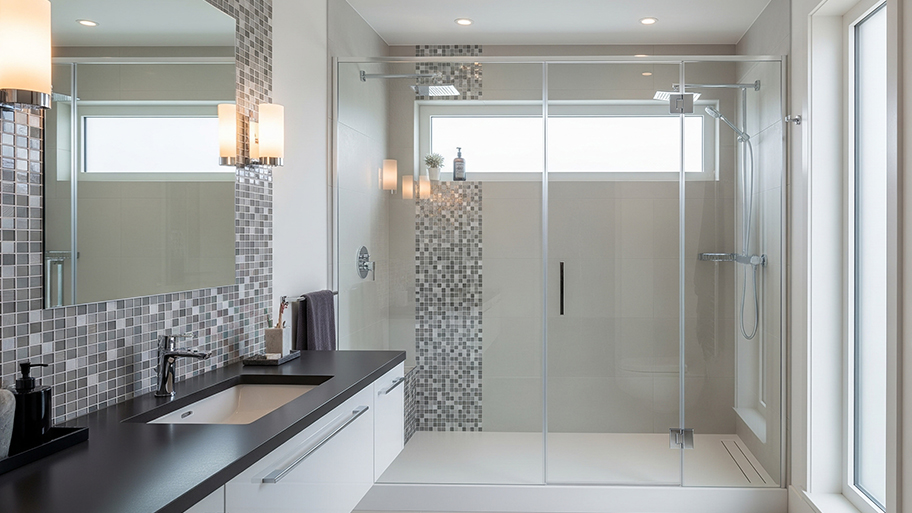
Need to get rid of lingering smoke odors in your home? Learn how much smoke remediation costs to budget accurately for this major undertaking.
Repair water-damaged swollen wood furniture in a few steps.


Wood and water don’t go too well together. Wood furniture in bathrooms and kitchens often sees water damage first simply due to built-up moisture. Meanwhile, a major pipe burst might have ruined that oak dining table… or did it? Fortunately, wood furniture can often be salvaged if water damage is spotted early on. Before throwing anything out, go through this guide to repair water-damaged swollen wood furniture yourself.
Most of us spend some good money on the wood furniture we have. Others may have gotten it from late family members. Either way, wood furniture is beautiful, sentimental, and worth keeping. Replacing furniture after water damage has happened can also be a high expense, as swollen wood furniture is often fixable as long as it’s treated early. Therefore, why not save big bucks for more severe water damage repairs and handle the wood furniture yourself?
If you are doing the project by yourself, the only expense comes down to any supply you purchase: sandpaper, wood filler, paint or stainer, and varnish. If you have leftover supplies in your home from past projects, fixing water damage on wood furniture yourself costs practically nothing.
Rotting, buckling, or peeling surfaces are the most significant indicators of water damage, accounting for over 30% of related pro visits. You may also notice staining or discoloration in water-damaged furniture, which was the indicating factor in about 21% of visits. Sometimes, the wood surface may appear swollen or bulging. This is easier to notice on thinner structures like poles or table legs.
Mold on wood furniture also indicates water damage. Alternatively, if you notice mold growth in the room where your wood furniture is, that could indicate potential water damage to the furniture due to high moisture levels.

Before you begin, always turn off the power and disconnect all appliances in any area with signs of water damage. Make sure to vacuum away any standing water and allow the environment to dry completely before restoring water damage. You can open the windows or use box fans to speed up the drying, but avoid using heat, as that can lead to more damage to wooden surfaces.
For water-damaged swollen wood furniture, an iron is the most straightforward method and can be more effective than most would think. Take a wet rag and cover the swollen wood. If you’re dealing with a leg or pole, tightly wrap the rag around.
Set your iron on low and hold it down on the rag for a few seconds. Lift the iron and repeat a few more times, but avoid holding the iron against the same spot for too long. Remove the rag and check the surface. Proceed to the next steps if the wood still seems uneven or stained.
Use sandpaper to remove the top coat on your wood furniture. Keep sanding until all water damage is removed. Use your hand to see if the surface is even or if you still notice deformed wood. Use a soft brush to clean off any dust and residue to prepare a clean working surface.
Now, gently apply an oil finish layer on the sanded area. Furniture oil will create a barrier on the wood to protect it against future water damage. Wait until it’s fully dried before putting the furniture back into use.
If you have a large piece of furniture with significant water damage, wood fillers will come in handy. Remove all swollen wood, bulging paint, and water stains with sandpaper or a putty knife. Clean the surface with a brush and apply wood filler. Wait for it to cure. Sand the new surface until it’s even and apply furniture oil to finish.
Water damage prevention is important throughout the home, including your furniture. Once you are done with the repairs, waterproof your wood furniture to improve its resistance against future water damage. Oil finishings create a thin waterproof barrier on the wood. We recommend you use a waterproof sealant to create additional protection. Alternatively, you can also use stain-sealant products once you’re done sanding, filling, or ironing.
If possible, move your wood furniture to drier rooms and switch to a more water-resistant material for your bathroom and kitchen furniture. Maintain good ventilation after running water, like a shower or a bath, so water doesn’t stick to your wood furniture. Similarly, always wipe the surface dry with a clean cloth to prevent mold growth.
Water-damaged wood furniture is usually a simple yes or no scenario. You either can do some simple surface restoration, which is far more affordable as a DIY project than hiring someone, or you can replace the furniture altogether.
However, if you are dealing with massive water damage affecting an entire room or need additional restoration on walls, ceilings, or the structure, you should hire a water restoration professional. Furniture restoration is a small part of their scope compared to everything else they might need to do.
On average, water damage restoration costs between $3.50 and $7.50 per square foot, or $75 per hour, with the typical homeowner spending between $1,350 and $6,225. The price varies depending on the type of water, the severity of damage, the affected area size, and whether additional services like mold remediation and plumbing are required.
Keep in mind that, depending on the policy details, your homeowners insurance may cover much of this cost.
From average costs to expert advice, get all the answers you need to get your job done.

Need to get rid of lingering smoke odors in your home? Learn how much smoke remediation costs to budget accurately for this major undertaking.

Water damage restoration costs depend on the severity of the problem, the type of water, and the length of time the damage has been occurring.

Ozone treatment can help with lingering smoke odors. Learn about ozone smoke removal costs to get an accurate idea of how to budget for this service.

If your ceiling has water damage, take immediate action to control the situation and avoid further issues. Here’s what you can do.

Standing water can damage your foundation in numerous ways. Learn about the causes, risks, and solutions for foundation damage from standing water.

When a burst pipe or flash flood happens, it’s critical to act fast. Learn about water damage cleanup and how to mitigate water damage in your home.